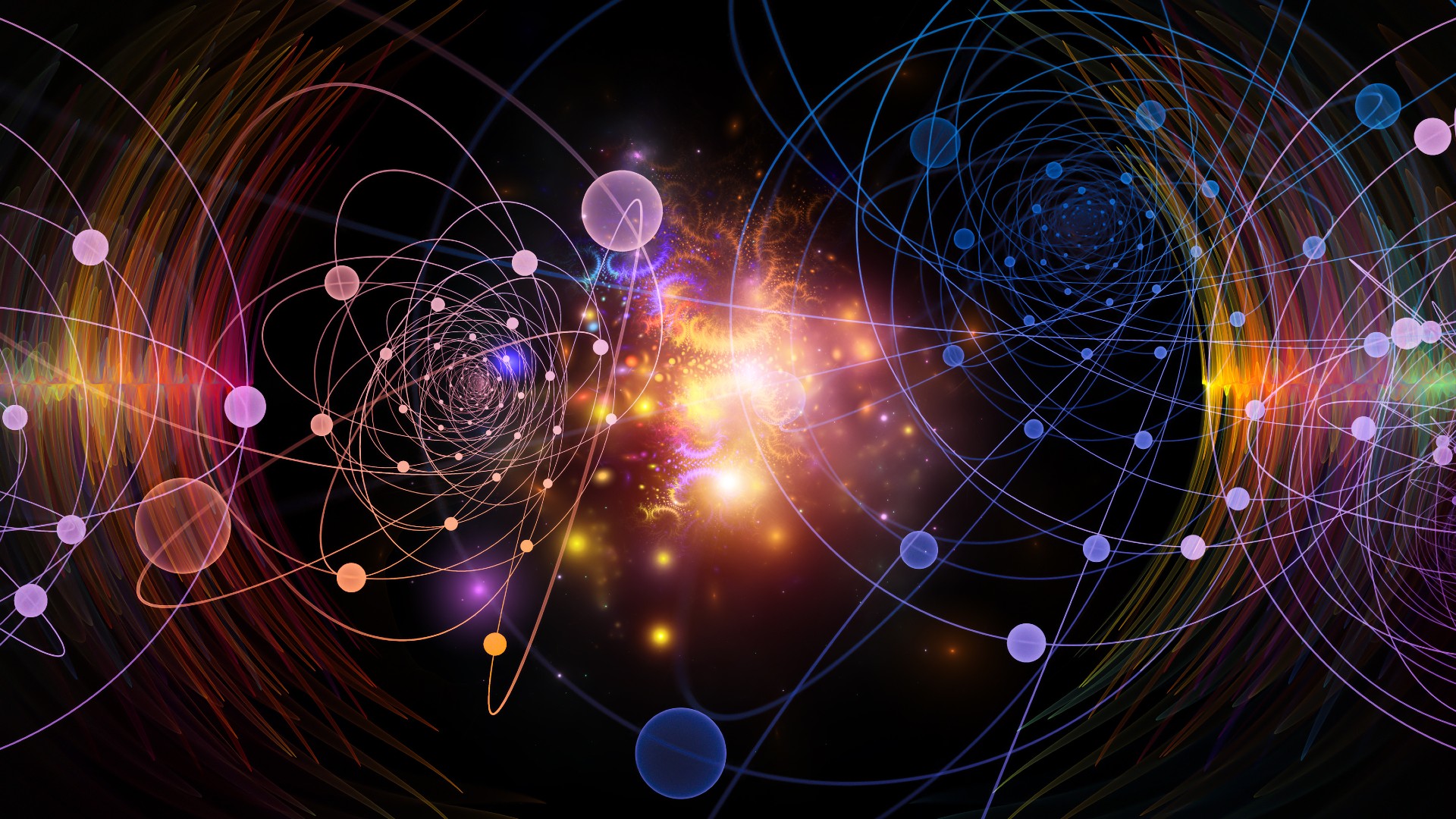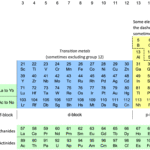Imagine the universe as a grand cosmic library.
Every particle — every electron, proton, photon — is like a book on the shelf.
But here’s the twist: each book doesn’t just have a title. It has an entire code describing its every detail — where it is, how fast it’s moving, how it’s spinning, and even what direction it’s facing.
That code is what scientists call a quantum state.
What Is a Quantum State?
A quantum state is simply a description of everything we can possibly know about a particle at a given moment.
It tells you things like:
- where the particle is likely to be,
- how fast it’s moving,
- what energy level it’s in,
- what direction it’s spinning (its “spin”),
- and other properties that define it uniquely.
In short:
A quantum state is like the particle’s identity card in the universe.
Every atom, every electron, every bit of light exists in its own quantum state — its unique fingerprint of existence.
Simple Analogy: The Music of Matter
Think of a guitar string.
Pluck it, and it vibrates at a certain note — say, middle C. That note represents a particular state of vibration.
Now, if you pluck the same string differently — tighter or looser — it changes pitch. Each note corresponds to a new vibrational state.
In quantum physics, particles behave a bit like that string.
They don’t exist in just one form, but can occupy different energy states — like notes in a cosmic song.
And just like no two notes sound exactly the same, no two quantum states are truly identical.
The Ingredients of a Quantum State
For an electron inside an atom, its quantum state is determined by a few key “quantum numbers,” which describe things like:
- Energy level (n):
How far the electron is from the nucleus — like the floor number in an apartment building. - Orbital shape (l):
The pattern of space the electron moves in — like whether its room is circular or elongated. - Orientation (m):
The direction of that orbital in space — like which way the room faces. - Spin (s):
The electron’s internal rotation — either up or down, like clockwise or counterclockwise.
Put all these together, and you have a complete description — the particle’s quantum state.
No two electrons in the same atom can share all four values at once (thanks to the Pauli Exclusion Principle).
The Wave Side of Things
Quantum states aren’t just about numbers — they’re also about waves.
Particles like electrons behave as waves of probability, meaning they don’t exist in one fixed point until measured.
Instead, they exist as possibilities — a spread-out pattern of where they could be.
That wave pattern itself is part of the quantum state.
It’s like saying: the quantum state isn’t just where the particle is, it’s also the song it’s currently playing in the orchestra of the universe.
The Quantum State and Observation
Here’s where things get weird.
When you measure a particle — for instance, checking its position — you don’t see the entire wave of possibilities. You only see one result.
That act of measurement changes its quantum state — collapsing it from many possibilities into one specific outcome.
This is known as wavefunction collapse.
In essence, before you look, the particle could be anywhere.
When you look, it chooses a single location — and its state updates accordingly.
It’s like asking a coin spinning in the air if it’s heads or tails. Before you catch it, it’s both. When you catch it, it becomes one or the other.
Why Quantum States Matter
- They define the structure of atoms.
Each electron’s quantum state determines where it sits in an atom and how it bonds with others. - They explain light and color.
When electrons jump between quantum states, they absorb or release energy — producing the colors we see in fireworks, stars, and neon signs. - They power quantum technology.
Quantum computers use the ability of particles to exist in multiple states at once — a property called superposition — to perform calculations far beyond classical machines. - They give rise to chemistry itself.
How atoms interact, form molecules, and even how life chemistry works — all depend on the quantum states of electrons.
A Universe of Possibilities
If you think about it deeply, a quantum state represents not just what is, but what could be.
Every atom, every particle around you exists as a delicate cloud of possibilities — an infinite range of outcomes waiting to take form when observed.
That’s what makes the quantum world so fascinating: it’s not a static picture, but a dynamic play of probabilities and interactions.
In Simple Words
- A quantum state describes everything about a particle — its energy, spin, position, and more.
- It’s the particle’s identity code in the universe.
- When measured, it can change — collapsing from many possibilities to one reality.
- It explains why atoms have structure, why light has color, and why quantum computers can exist.
The Poetry of It All
Every grain of sand, every heartbeat, every star — all are made of countless quantum states humming in harmony.
The universe isn’t a still photograph.
It’s a constantly evolving symphony of quantum identities — each particle with its own song, its own place, its own role in the grand design.
So, when you look around, you’re not just seeing matter — you’re witnessing a living map of quantum states, quietly defining everything that is.
Written for: Utopedia
Making the invisible architecture of reality simple, clear, and awe-inspiring.



Pingback: Degeneracy Pressure: The Quantum Force Explained